This article is brought to you by the International League of Conservation Photographers (iLCP).

A gap in border wall in Southeastern Arizona - one of the last remaining migration corridors for the critically endangered jaguar on the US-Mexico border.
A new immersive web platform combines a decade of photo documentation and scientific data highlighting a region at the crossroads of federal militarization
Photos by Krista Schlyer of the International League of Conservation Photographers.
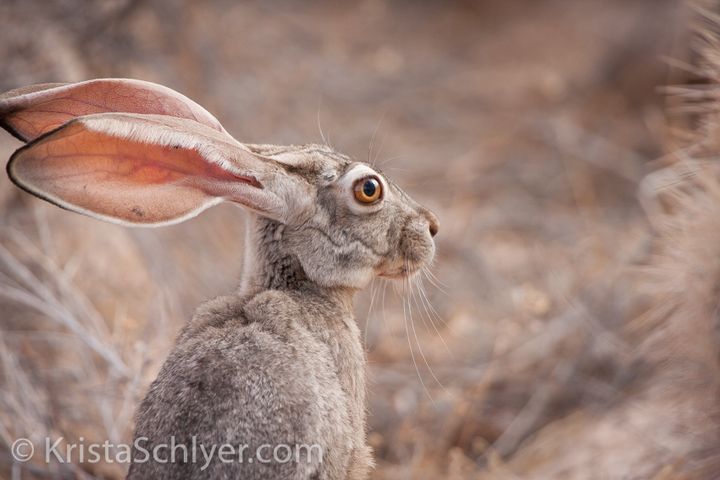
Black-tailed jackrabbit (Lepus californicus) in the Sonoran Desert, Arizona, USA. Borderlands wildlife depend on open migration corridors.
With the Trump administration gearing up to expand border wall construction on the U.S.-Mexico border, it is more important than ever to gain a clearer picture of the land and people of this region, and the enduring environmental and human costs of a border policy focused on walls.
A new project, Embattled Borderlands, released today, allows viewers to take a virtual visit to this remote region, to hear the voices of its birds and frogs; to see the faces of its elusive cats and endearing reptiles; to experience its vast landscapes and starry skies; and to understand the plight of its most vulnerable human residents.
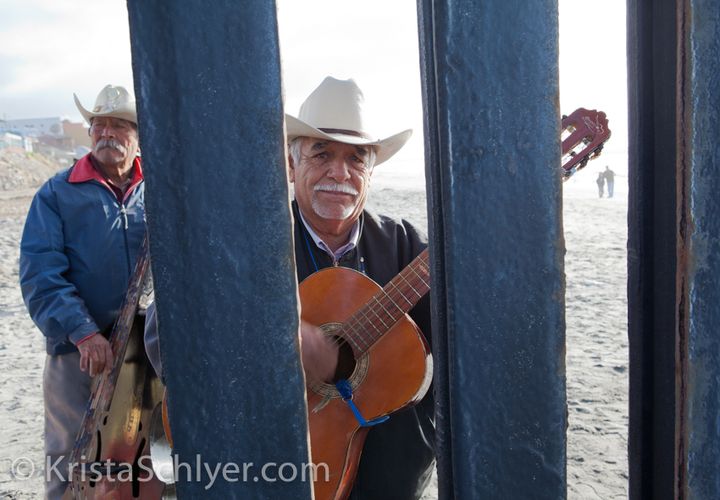
Musicians playing on the beach in Tijuana, seen through the border wall at a location designated as Friendship Park in the 1970s.
For more than a decade, Embattled Borderlands author, Krista Schlyer, a senior fellow in the International League of Conservation Photographers (iLCP), has documented the natural and cultural richness of the U.S.-Mexico border. Her book Continental Divide: Wildlife, People and the Border Wall, earned the National Outdoor Book Award and Sierra Club Ansel Adams Award for Conservation Photography. Collaborating with researchers, filmmakers, photographers and conservation organizations, Schlyer has woven a decade of multi-media imagery and previously unpublished map data into a vivid portrait of the borderlands region.
“My hope is that this interactive story provides access to a ‘first-hand’ experience of the beautiful borderlands, and a greater understanding of just what's at stake,” Schlyer said. “Even if we disregard the fiscal irresponsibility of spending billions of dollars on a border wall, the greatest costs will endure for centuries and cannot be measured in dollars.”

Watering holes like this one in the Tinajas Altas mountains are rare in the Sonoran Desert, and essential to wildlife on both sides of the international border.
Using ESRI’s location-based storytelling technology, the Embattled Borderlands story map takes viewers on a west-to-east multimedia tour of the border, highlighting its delicate ecosystems, varied wildlife, and human diversity.
Many of the photographs depicting borderlands wildlife, lands and people were captured by members of the International League of Conservation Photographers during a 2009 expedition led by Schlyer. iLCP’s Executive Director, Alexandra Garcia notes that “the power of these images is that they are as relevant, if not more so, today than when they were taken. The harmful impacts on nature and people created by the sections of the wall that already exist are undeniable and clearly visible in these images.” Other imagery was donated by wildlife photographers or captured by scientific cameras documenting the movements of jaguars, ocelots, bears and many other imperiled species that regularly traverse the border looking for essential resources.
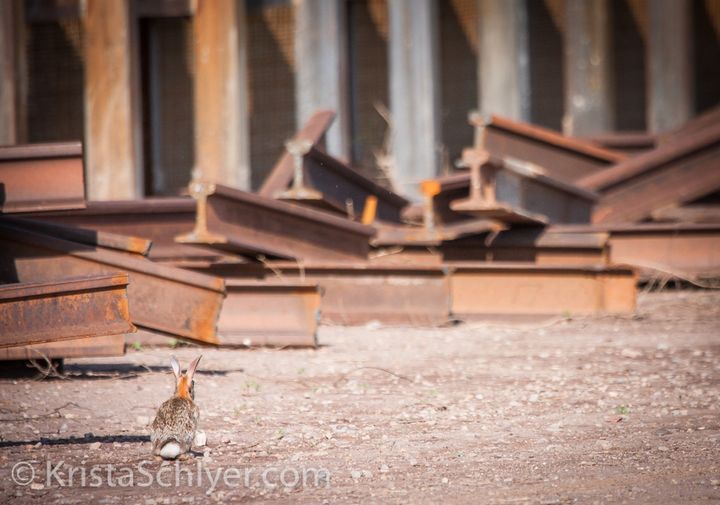
Desert cottontail (Sylvilagus audubonii) at the border wall during construction in southern Arizona.
The Embattled Borderlands project has been a collaborative effort between a broad array of organizations, including the iLCP, Wildlands Network, Sky Island Alliance, Center for Biological Diversity and Humane Borders. This coalition of scientists and advocates have worked over the past decade to disseminate information about the high cost of walls to wildlife, public lands, the regional economy and vulnerable human populations.
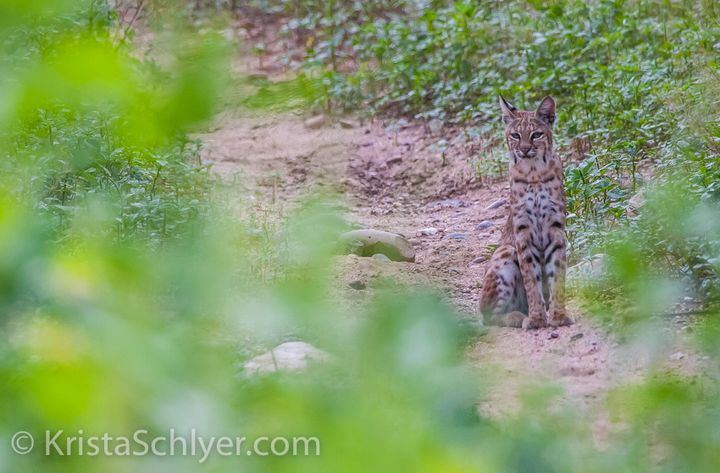
The bobcat is one of five wild cat species that live in the borderlands of the US and Mexico. With an essential need for large home territories, cats must have access to travel corridors.
“The stakes for the borderlands community could not be higher at this moment,” Schlyer said. “If the Trump administration proceeds with its plan to expand the US-Mexico border wall, it will seal the casket on jaguar restoration in the United States, along with many other imperiled species that call this region home. It will also intensify the rate of death for desperate human migrants traversing this region. And it will further erode the rich culture of borderlands communities.”
The borderlands story map is intended to give the public, policy makers, educators and others a tool for understanding this remote landscape at the mercy of federal policy.
Embattled Borderlands can be viewed by clicking here.
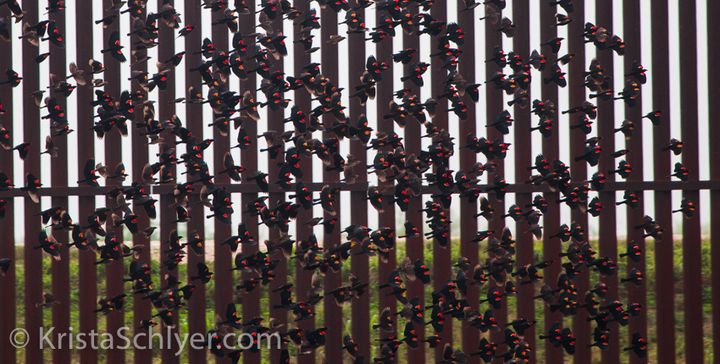
Blackbirds and the border wall in South Texas.
Support the work of the International League of Conservation Photographers by donating at this link.
